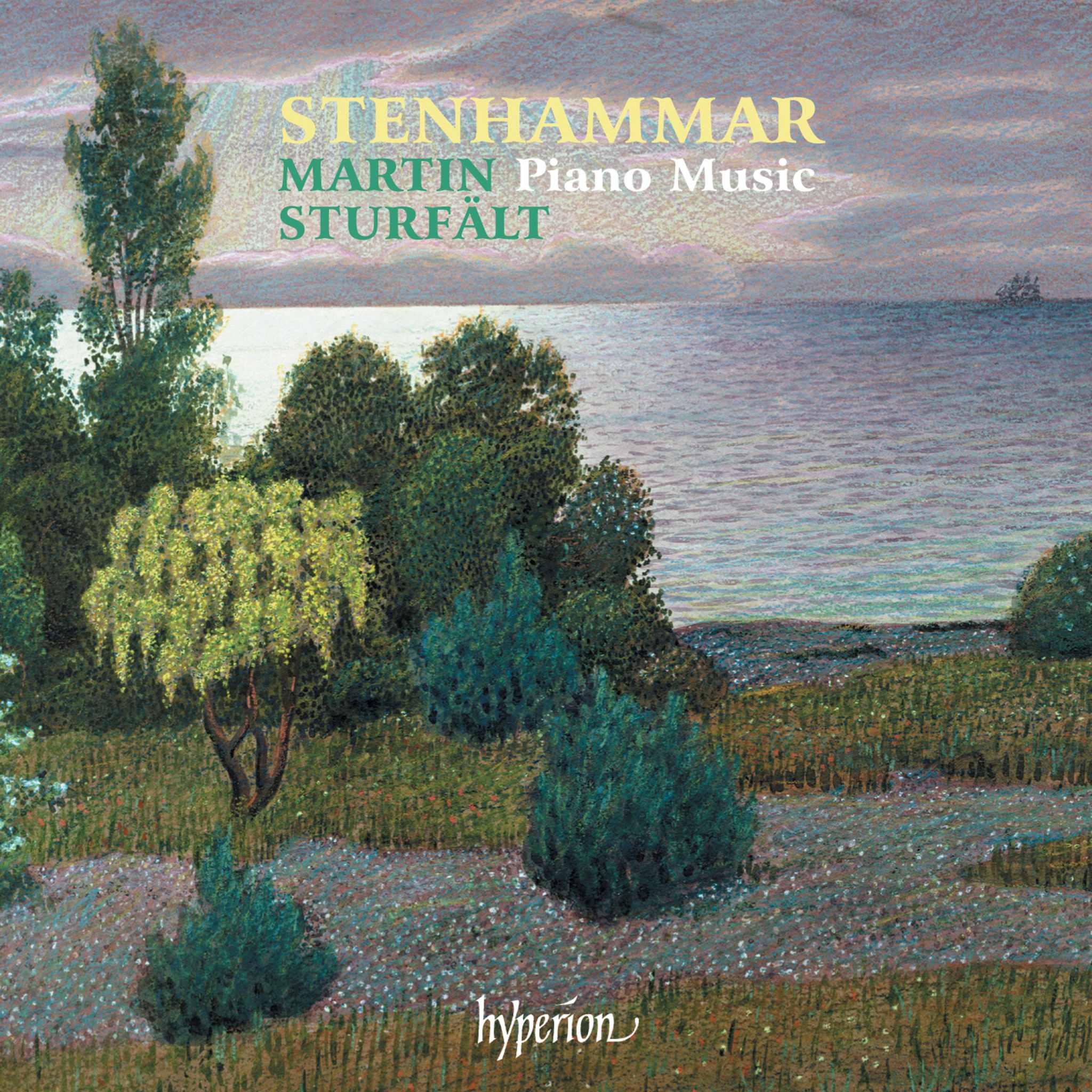Album insights
Die Querflöte der Renaissance und des Frühbarocks war ohne Klappen gebaut und wies eine enge, zylindrische Bohrung mit leichter konischer Form außen auf. Diskant- und Tenorflöten wurden aus einem Stück gefertigt, während die Bassflöten aus zwei Teilen bestanden, die unterhalb des Mundlochs zusammengesteckt und durch einen schmalen Metallring stabilisiert wurden. Diese schlichte und elegante Flöte vereint äußerliche Schönheit mit einer verborgenen Tiefe. Instrumentenbauer jener Epoche erschufen Flöten, deren Klangfarbe und Intonation sich flexibel gestalten ließen.
Bereits 1533 gab Pierre Attaingnant Sammlungen mit Werken für vier Quer- oder Blockflöten heraus, die Kompositionen namhafter Künstler der Zeit enthielten. Damals wurde die Flöte oft gemeinsam mit anderen Instrumenten und Gesang eingesetzt, was ein vielfältiges Repertoire entstehen ließ. Für Transkriptionen auf der Querflöte war Martin Agricolas 'Musica instrumentalis deudsch' eine bedeutende Quelle.
Obwohl im Italien des 16. Jahrhunderts keine eigene Flötenmusik existierte, fand das Instrument in theoretischen Schriften Erwähnung. Im 17. Jahrhundert veröffentlichte Giovanni Battista Riccio Kanzonen für Blockflöte, die für verschiedene instrumentale Besetzungen geeignet waren. Auch Jacob van Eycks Melodiensammlung aus den 1640er-Jahren richtete sich an unterschiedliche Flötenarten.
Bis ins späte 17. Jahrhundert blieb die zylindrische Flöte gebräuchlich, bevor die Barockflöte entstand. Diese neue Flöte unterschied sich stark von ihrem Vorgänger: Sie besaß einen dunkleren Ton und technische Neuerungen, die das Spiel erleichterten. Die künstlerischen Folgen dieser Entwicklung zeigten sich vor allem in der französischen Musik des 17. Jahrhunderts.


